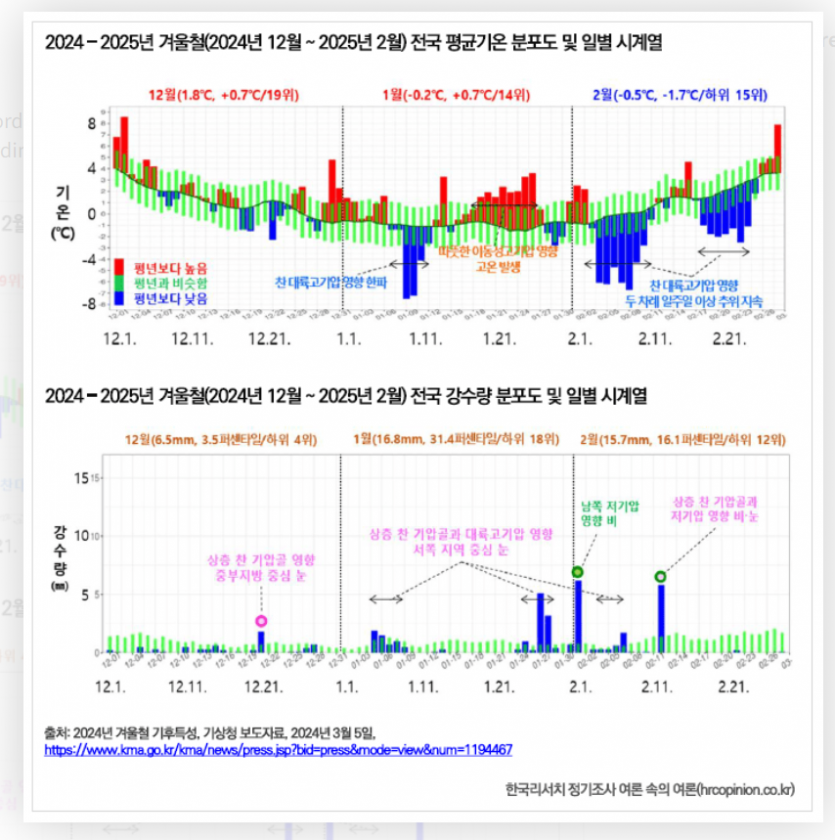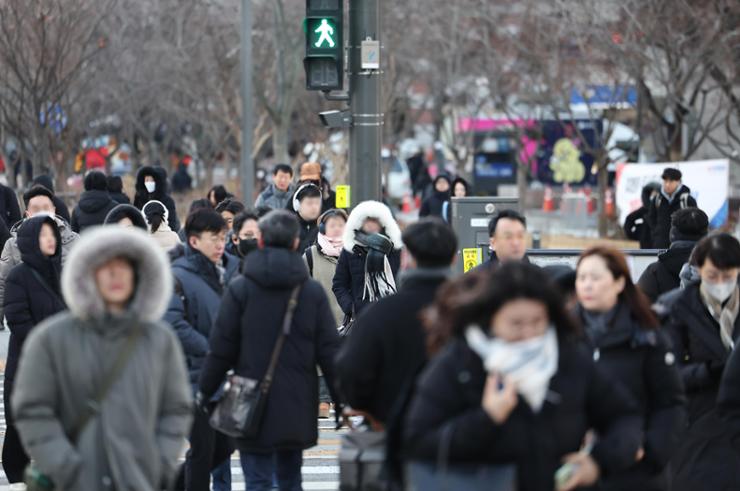South Korea’s Weather Crisis: A Sudden Shock in springtime
페이지 정보

본문
Over the past few days, South Korea has experienced a weather crisis that stunned citizens and meteorologists alike. Just as cherry blossoms signaled the arrival of spring, a wave of unseasonably cold temperatures, snowfall, and powerful winds swept across the nation — an alarming disruption in what should have been a calm, mild April.
From Saturday, April 12 to Monday, April 14, 2025 , various cities and provinces reported dramatic and damaging weather. According to the Korea Meteorological Administration , this unusual event was caused by a “cutoff low-pressure system,” which brought Arctic air into the Korean Peninsula, triggering a chaotic mix of snow, rain, and gusty winds.
Gangwon Province & Gyeonggi: Snow in Mid-April
In the eastern parts of Gyeonggi Province and across the mountainous regions of Gangwon Province , residents woke up to a surreal scene: up to 5 centimeters of snow in mid-April. These areas, known for their cold winters, are no strangers to snow — but a spring snowfall of this scale is virtually unheard of. Locals were forced to pull out winter coats again just a week after enjoying temperatures over 20°C.
Jeju Island: Grounded Flights & Safety Incidents
Down south, Jeju Island faced strong wind advisories that led to flight cancellations and at least 52 reported safety incidents . These included fallen traffic signs, damaged building exteriors, and shattered windows. Emergency services were on high alert as the island battled gusts of wind reaching up to 55 kilometers per hour .
Seoul & Nationwide: Temperature Freefall
Across the capital Seoul and most of the country, temperatures fell dramatically. Daytime highs barely reached 8°C , an 18°C drop compared to the previous week. Such a sudden change posed challenges not only for daily life but also for agriculture, transportation, and energy use.
Meteorological Explanation: Cutoff Low & Atmospheric Blocking
Experts explain that this weather was caused by a cutoff low-pressure system , where cold Arctic air becomes trapped in the lower atmosphere due to a highly disrupted jet stream. This setup also created a sharp temperature contrast of up to 50°C between the upper and lower atmosphere — a recipe for unstable and violent weather. This cutoff low was part of a broader atmospheric blocking pattern that, earlier this winter, caused Korea's cold waves to last longer than usual.
A Sign of Climate Change?
While these phenomena are natural, their increased frequency and intensity are becoming a pattern many believe is linked to climate change . Meteorologists warn that Korea may continue to face these weather shocks cold waves lasting longer, spring snows returning, and seasons becoming harder to predict.
Spring Interrupted, but a Message Delivered
Though warmer temperatures are expected to return by mid-week, this event has left many Koreans shaken. The cherry blossoms might still bloom, but their beauty this year came with a stark reminder: Korea's climate is changing , and it's happening fast.
관련링크
- PrevExperiencing Korea’s Weather Through Three Cities: Chuncheon, Jeju, and Busan 25.04.17
- NextCherry Blossom Season in Korea: Why Sunglasses Are a Must-Have This Spring 25.04.11
댓글목록
There are no registered comments.


